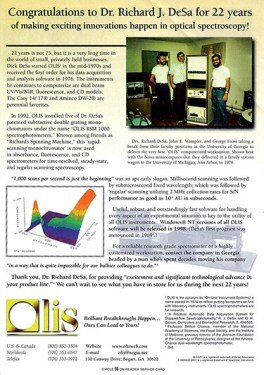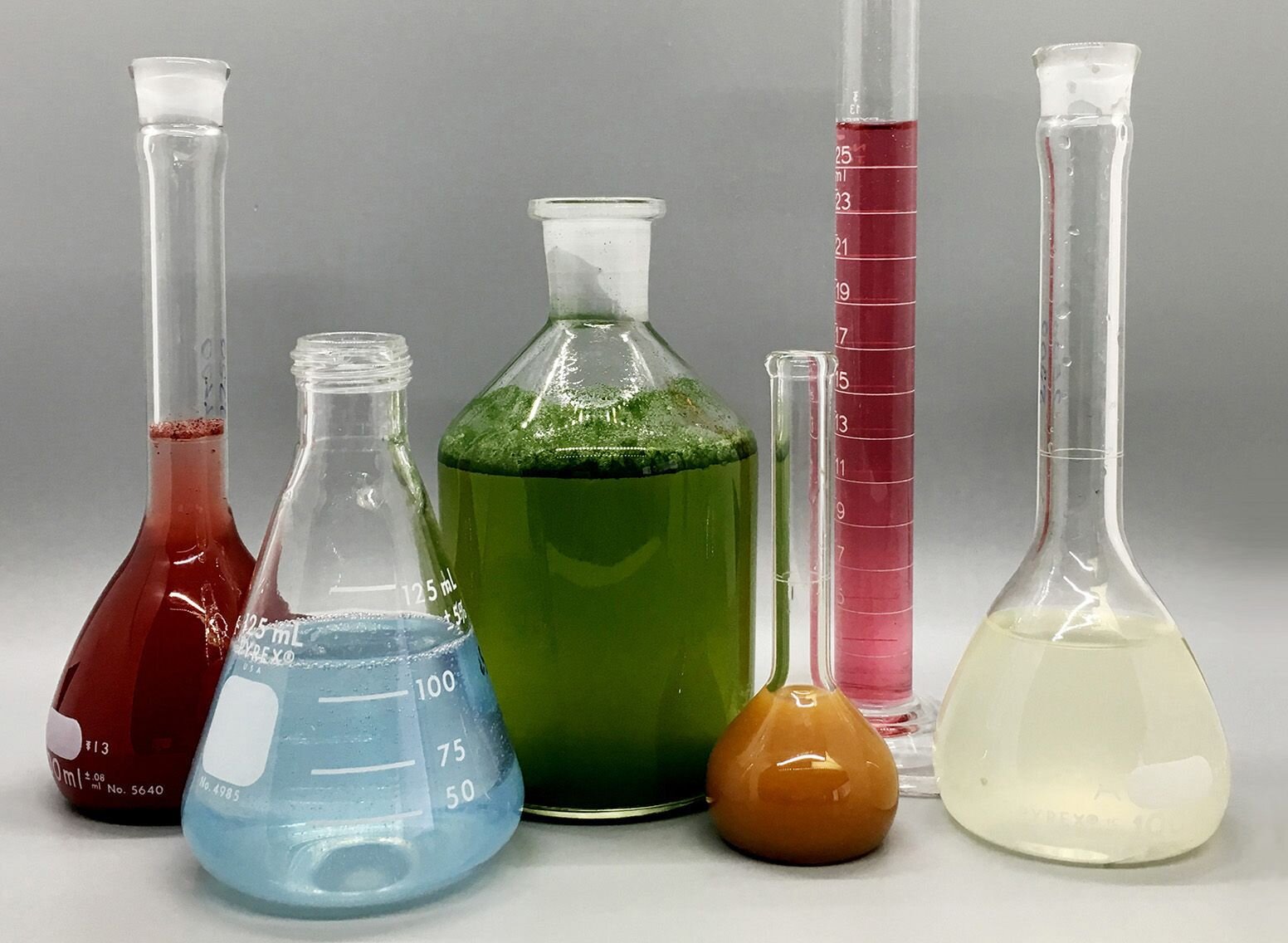The Main Principles Of Circular Dichroism
The Main Principles Of Circular Dichroism
Blog Article
Circularly Polarized Luminescence for Dummies
Table of ContentsUv/vis/nir Can Be Fun For AnyoneThe 25-Second Trick For SpectrophotometersHow Spectrophotometers can Save You Time, Stress, and Money.The Best Strategy To Use For Uv/visUnknown Facts About Circularly Polarized Luminescence

Spectrophotometry is a tool that hinges on the quantitative analysis of molecules depending on how much light is soaked up by colored compounds.
What Does Circularly Polarized Luminescence Do?
A spectrophotometer is frequently used for the measurement of transmittance or reflectance of options, transparent or opaque solids, such as polished glass, or gases. Numerous biochemicals are colored, as in, they soak up visible light and therefore can be determined by colorimetric procedures, even colorless biochemicals can often be transformed to colored compounds ideal for chromogenic color-forming reactions to yield substances suitable for colorimetric analysis.: 65 Nevertheless, they can also be developed to measure the diffusivity on any of the listed light ranges that typically cover around 2002500 nm utilizing different controls and calibrations.
An example of an experiment in which spectrophotometry is utilized is the determination of the balance constant of an option. A certain chemical reaction within an option might occur in a forward and reverse direction, where reactants form items and items break down into reactants. At some time, this chemical reaction will reach a point of balance called a stability point.
Getting My Spectrophotometers To Work
The amount of light that passes through the solution is a sign of the concentration of specific chemicals that do not permit light to go through. The absorption of light is due to the interaction of light with the electronic and vibrational modes of molecules. Each type of particle has a specific set of energy levels associated with the makeup of its chemical bonds and nuclei and hence will soak up light of particular wavelengths, or energies, resulting in special spectral properties.
They are widely utilized in lots of markets including semiconductors, laser and optical manufacturing, printing and forensic evaluation, as well as in labs for the study of chemical substances. Spectrophotometry is often utilized in measurements of enzyme activities, decisions of protein concentrations, determinations of enzymatic kinetic constants, and measurements of ligand binding reactions.: 65 Ultimately, a spectrophotometer is able to identify, depending on the control or calibration, what compounds are present in a target and exactly how much through estimations of observed wavelengths.
This would come as a solution to the formerly produced spectrophotometers which were not able to absorb the ultraviolet properly.
Indicators on Uv/vis/nir You Should Know
It would be found that this did not offer acceptable outcomes, therefore in Model B, there was a shift from a glass to a quartz prism which permitted much better absorbance outcomes - UV/Vis/NIR (https://soundcloud.com/julieanndesalorenz30606). From there, Model C was born with an adjustment to the wavelength resolution which ended up having 3 systems of it produced
It was produced from 1941 to 1976 where the price for it in 1941 was US$723 (far-UV devices were a choice at additional cost). In the words of Nobel chemistry laureate Bruce Merrifield, it was "most likely the most crucial instrument ever developed towards the development of bioscience." Once it ended up being terminated in 1976, Hewlett-Packard produced the first commercially offered diode-array spectrophotometer in 1979 referred to as the HP 8450A. It irradiates the sample with polychromatic light which the sample soaks up depending upon its residential or commercial properties. Then it is transmitted back by grating the photodiode array which finds the wavelength area of the spectrum. Ever since, the creation and application of spectrophotometry devices has increased immensely her explanation and has turned into one of the most ingenious instruments of our time.

An Unbiased View of Circularly Polarized Luminescence
Historically, spectrophotometers utilize a monochromator consisting of a diffraction grating to produce the analytical spectrum. The grating can either be movable or repaired. If a single detector, such as a photomultiplier tube or photodiode is used, the grating can be scanned step-by-step (scanning spectrophotometer) so that the detector can measure the light intensity at each wavelength (which will represent each "action").
In such systems, the grating is repaired and the intensity of each wavelength of light is determined by a various detector in the array. In addition, most modern-day mid-infrared spectrophotometers utilize a Fourier change technique to get the spectral information - http://connect.releasewire.com/company/olis-clarity-343997.htm. This method is called Fourier change infrared spectroscopy. When making transmission measurements, the spectrophotometer quantitatively compares the fraction of light that travels through a recommendation solution and a test solution, then electronically compares the strengths of the 2 signals and computes the percentage of transmission of the sample compared to the reference standard.

Report this page